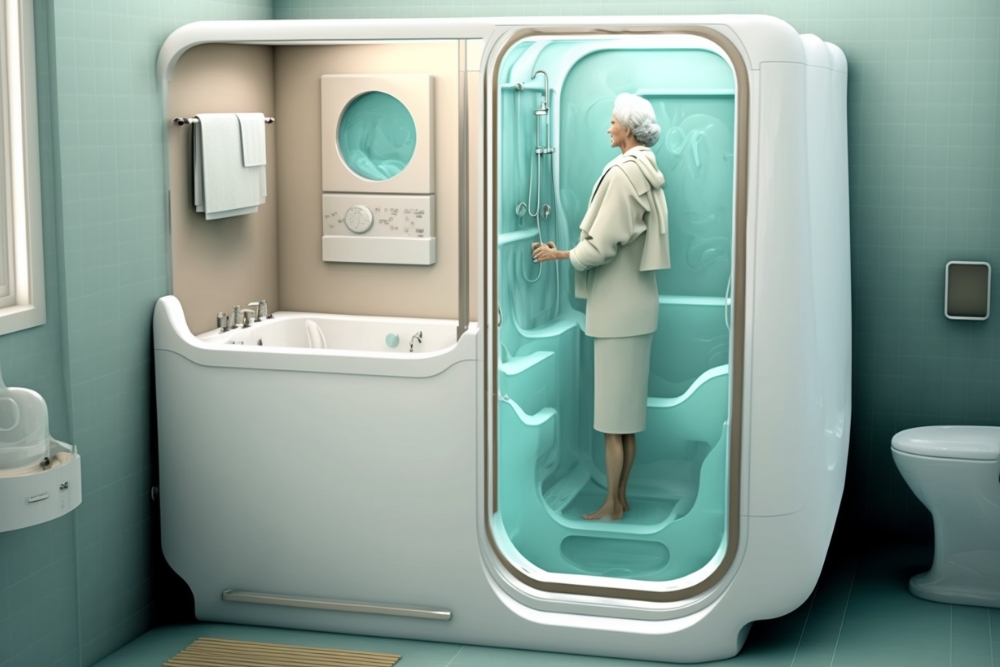Modern Senior Homes Explored
The landscape of senior living has transformed dramatically in recent years, with modern residences offering features that prioritize comfort, safety, and independence. Today's senior homes blend thoughtful design with cutting-edge technology to create environments where aging adults can thrive. From accessible layouts to integrated smart systems, these residences represent a significant shift in how we think about housing for older adults.

As the population ages, the demand for housing that meets the unique needs of seniors has grown substantially. Modern senior homes are no longer simply places to age in place—they’re thoughtfully designed environments that enhance quality of life while addressing mobility, safety, and comfort concerns. These residences incorporate architectural principles and technological innovations that make daily living easier and more enjoyable for older adults.
What Makes Spacious Two-Bedroom Senior Residences Appealing?
Spacious two-bedroom senior residences have become increasingly popular among older adults who want room for family visits, hobbies, or home offices. These layouts typically range from 1,000 to 1,400 square feet, providing ample space without the maintenance burden of a traditional house. The extra bedroom serves multiple purposes—it can accommodate visiting family members, function as a craft or hobby room, or provide space for a live-in caregiver if needed in the future. Open floor plans in these residences reduce barriers and create flow between living areas, making navigation easier for those with mobility aids. Large windows and high ceilings contribute to a sense of openness, while well-planned storage solutions help residents downsize without feeling cramped. Many developments feature single-level living or elevator access, eliminating the challenge of stairs entirely.
How Does Smart Home Technology Benefit Senior Living?
Smart home technology has revolutionized senior living by enhancing safety, convenience, and peace of mind. Voice-activated assistants allow residents to control lighting, temperature, and entertainment systems without physical switches or remotes—particularly helpful for those with arthritis or limited mobility. Automated lighting systems can illuminate pathways at night, reducing fall risks, while smart thermostats maintain comfortable temperatures without manual adjustment. Security features include video doorbells that let residents see visitors without opening doors, and smart locks that eliminate the need to fumble with keys. Medical alert systems integrated into smart home platforms can detect falls or unusual patterns and notify emergency contacts or medical personnel. Some systems even include medication reminders and health monitoring devices that track vital signs and share data with healthcare providers. These technologies provide independence while offering a safety net that gives both residents and their families confidence.
What Is Universal Design and Why Does It Matter?
Universal design refers to architectural and interior design principles that make spaces accessible and functional for people of all ages and abilities. In senior homes, this means creating environments that accommodate current needs while anticipating future changes in mobility or health. Key features include zero-step entrances that eliminate tripping hazards, wider doorways and hallways that accommodate wheelchairs and walkers, and lever-style door handles that are easier to operate than traditional knobs. Bathrooms incorporate walk-in or roll-in showers with built-in seating, grab bars strategically placed near toilets and tubs, and non-slip flooring throughout. Kitchens feature adjustable-height countertops, pull-out shelves for easier access, and appliances positioned at comfortable heights. Light switches and outlets are installed at accessible heights, typically higher and lower than standard placements respectively. These design elements don’t look institutional or medicalized—modern universal design is aesthetically pleasing while being highly functional. The beauty of universal design is that it benefits everyone, not just seniors, making homes more comfortable and safer for visitors of all ages.
What Amenities Do Modern Senior Communities Offer?
Beyond individual residences, modern senior communities provide amenities that promote active, engaged lifestyles. Fitness centers with senior-appropriate equipment help residents maintain strength and cardiovascular health. Walking trails, gardens, and outdoor spaces encourage physical activity in pleasant settings. Social spaces like libraries, craft rooms, and community centers facilitate connections among residents. Many communities offer on-site services such as housekeeping, maintenance, transportation, and dining options that reduce daily burdens. Some include wellness centers with physical therapy, health screenings, and educational programs about aging well. These amenities create opportunities for social interaction, which research shows is crucial for mental and emotional health in older adults.
How Do Location and Community Features Influence Senior Housing Choices?
Location plays a critical role in senior housing decisions. Proximity to healthcare facilities, shopping, cultural activities, and family members often tops the priority list. Walkable neighborhoods with sidewalks and pedestrian-friendly infrastructure allow seniors to maintain independence even if they no longer drive. Access to public transportation or community shuttle services extends mobility options. The surrounding community’s character matters too—some seniors prefer quiet suburban settings, while others thrive in urban environments with more activity and diversity. Climate considerations influence choices, with many older adults seeking areas with milder weather that allows year-round outdoor activity. Local services in your area, including medical specialists, pharmacies, and recreational facilities, should be easily accessible to support daily needs and emergency situations.
Conclusion
Modern senior homes represent a thoughtful evolution in housing design, combining spacious layouts, smart technology, and universal design principles to create environments where older adults can live comfortably and independently. These residences acknowledge that aging doesn’t mean sacrificing quality of life or personal autonomy. Instead, they provide the tools and features that allow seniors to thrive in their later years. As the senior housing market continues to grow and innovate, the focus remains on creating spaces that respect the dignity, preferences, and needs of older adults while incorporating the latest advances in design and technology. Whether choosing a spacious two-bedroom residence with smart home features or a universally designed space that anticipates future needs, today’s seniors have more options than ever for finding a home that truly fits their lifestyle.




